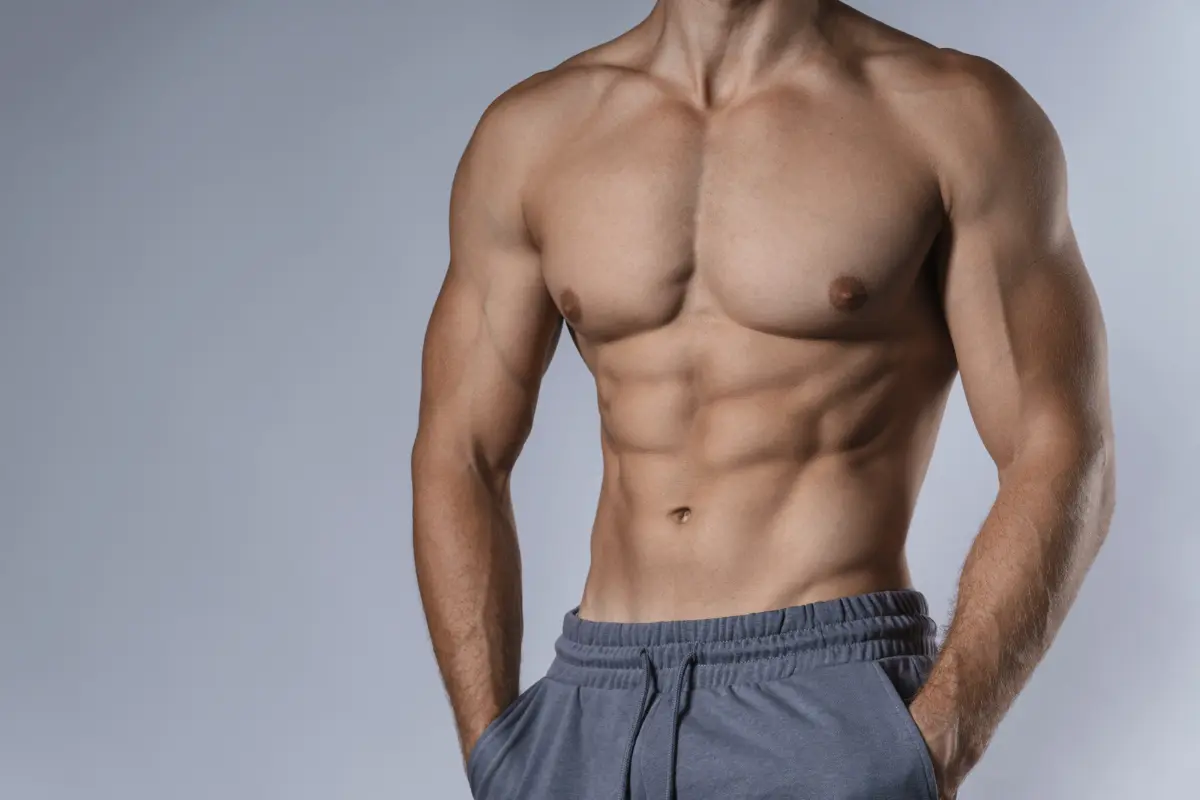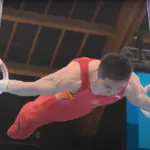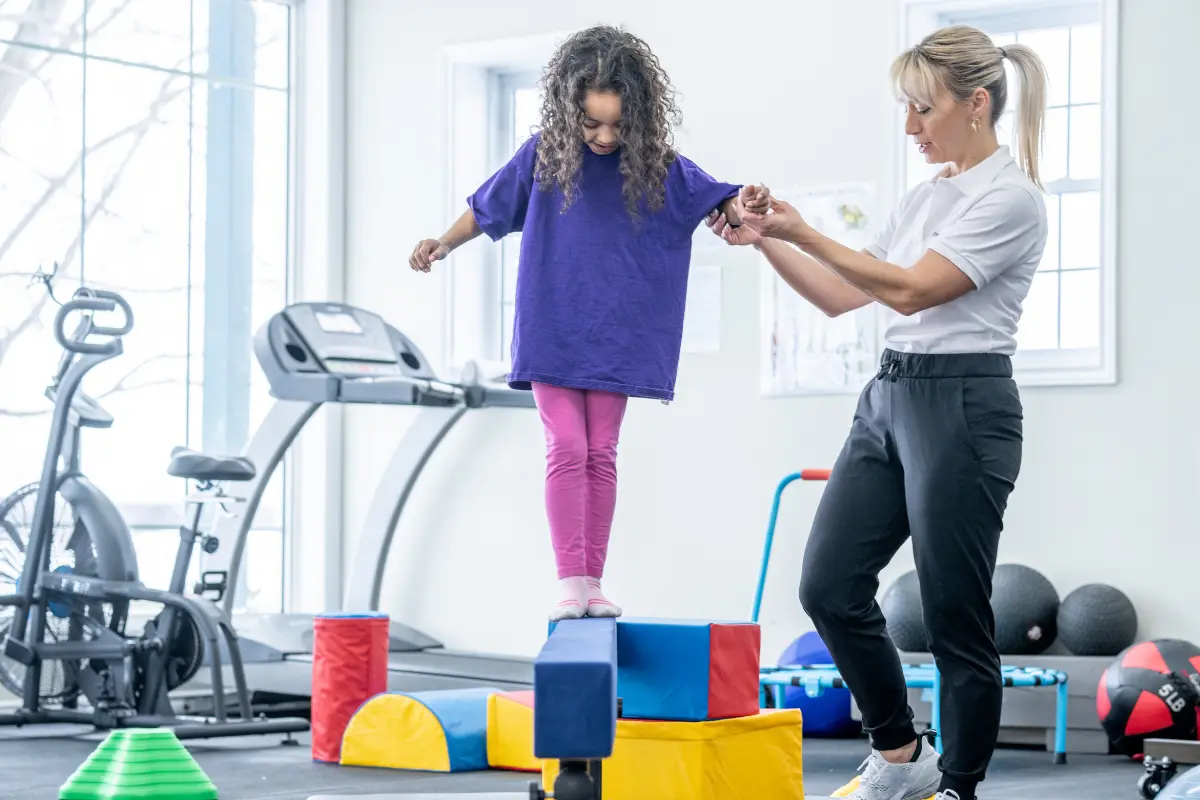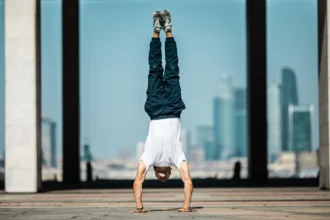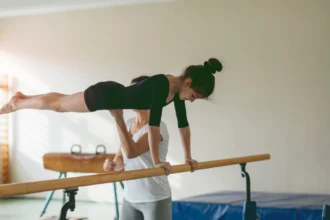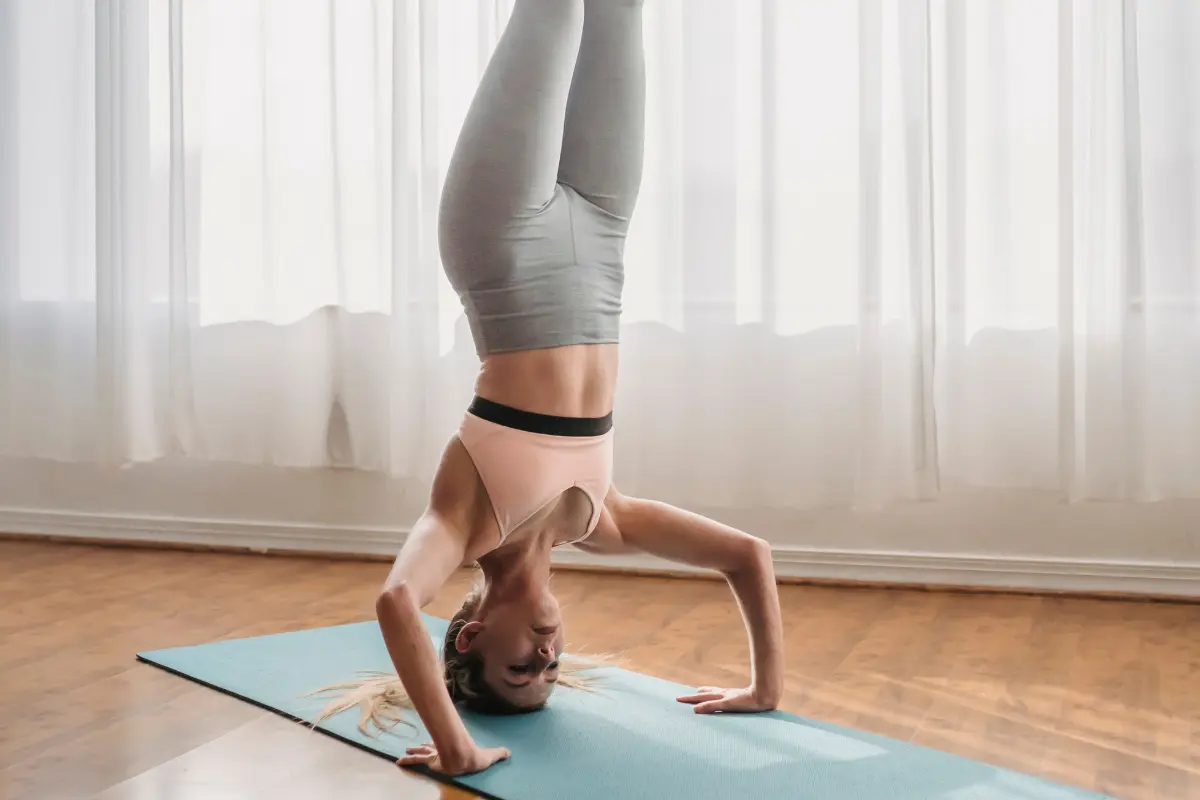Front flips, also known as front tucks, are an impressive gymnastic move that requires strength, coordination, and agility. Many people wonder if doing front flips can help them develop defined abdominal muscles, commonly referred to as “abs.”
While front flips do engage the core muscles, they are not the most effective exercise for specifically targeting the abs.
Let’s take a closer look at the relationship between this gymnastic skill and ab development.
Muscles Used in Front Flips
A front flip, also known as a forward somersault, is an acrobatic move where a person rotates forward 360 degrees around their horizontal axis.
Executing a front flip requires coordination and strength from various muscle groups:
- Abdominals: The rectus abdominis, obliques, and transverse abdominis engage to flex the spine and maintain a tight core throughout the flip.
- Hip Flexors: The iliopsoas, rectus femoris, and sartorius muscles work to lift the legs and generate the necessary rotation.
- Back Muscles: The erector spinae helps extend the spine and control the landing.
- Leg Muscles: The quadriceps, hamstrings, and calves provide the power for the take-off and control during the landing.
Core Activation During Front Flips
Front flips, like many gymnastic movements, require significant core strength and control. During a front flip, the abdominal muscles are actively engaged to initiate and maintain the rotation. The process involves:
- Initiation: As you initiate the front flip, your rectus abdominis and obliques contract to flex the spine and create a “hollowed” position. This initial engagement sets the stage for the rotational force.
- Rotation: During the rotation phase, your obliques work hard to generate the twisting force necessary to flip your body forward. The transverse abdominis acts as a stabilizer, maintaining core tension.
- Landing: Upon landing, your abdominal muscles, especially the lower abs, work eccentrically to control the impact and prevent overextension of the spine. The core’s ability to maintain tension is critical for a safe and controlled landing.
Front Flip vs. Back Flip for Ab Development
While both front flips and back flips engage the core muscles, neither is the most effective exercise for specifically targeting the abs.
The primary focus in both movements is on generating rotational force and maintaining body control rather than isolated abdominal contraction.
In terms of core activation, front flips may have a slight advantage due to the greater emphasis on spinal flexion during the take-off and mid-flip phases. However, this difference is minimal, and both flips primarily target the core muscles for stability rather than hypertrophy.
Key Factors for Achieving Visible Abs
Front flips can certainly be part of a comprehensive abs routine, but they shouldn’t be the only focus. Visible abs are the result of these main factors:
- Low Body Fat Percentage: Visible abs require a low level of subcutaneous fat around the midsection. For men, this typically means a body fat percentage below 10-12%, and for women, below 18-20%. Achieving this requires a calorie-controlled diet focused on whole, nutrient-dense foods.
- Comprehensive Ab Training: Developing the abdominal muscles requires a variety of exercises that target the rectus abdominis, obliques, and transverse abdominis from different angles. This includes exercises like crunches, planks, bicycle crunches, leg raises, and Russian twists. Compound movements like front flips can also contribute to overall core strength.
- Progressive Overload: To continually challenge the abdominal muscles and stimulate growth, it’s important to gradually increase the resistance, volume, or difficulty of ab exercises over time. This can be achieved by adding weights, increasing the number of reps or sets, or progressing to more advanced variations of exercises.
- Consistency: Developing visible abs takes time and consistency. Adhering to a regular ab training routine and maintaining a lean diet over several weeks to months is crucial for achieving noticeable results.
- Genetics: It’s important to acknowledge that genetics play a role in the shape, symmetry, and visibility of abs. Some individuals may have a more favorable abdominal muscle structure or distribution of subcutaneous fat, making their abs more apparent at a higher body fat percentage.
While front flips can certainly be a part of a comprehensive abs routine, they should be combined with targeted ab exercises, a lean diet, progressive overload, and consistency to maximize the chances of achieving visible abs.
Exercises to Complement Front Flips
To further develop core strength and target the abs specifically, consider incorporating these exercises into your routine alongside practicing front flips:
- Planks:
Planks are an excellent exercise for targeting the entire core, including the rectus abdominis, obliques, and transverse abdominis. They help build endurance and stability, which are crucial for maintaining proper form during front flips.
- Russian Twists:
Russian twists are a dynamic exercise that targets the obliques and helps improve rotational strength. They can be performed with bodyweight or while holding a medicine ball or dumbbell for added resistance.
- Hanging Leg Raises:
Hanging leg raises primarily target the lower abs and hip flexors. They help build strength and control in the lower core, which is essential for the tuck position during front flips.
- Bicycle Crunches:
Bicycle crunches are an effective exercise for targeting the rectus abdominis and obliques simultaneously. They help build endurance and coordination, which are important for maintaining a tight core throughout the flip.
- Hollow Body Holds:
Hollow body holds are a fundamental gymnastic exercise that helps build core strength and stability. They engage the entire abdominal wall and are essential for maintaining a tight body position during flips.
Conclusion
In summary, while front flips intensely engage your core and can contribute to ab development, they are not a magic bullet for getting a six-pack.
To maximize your results, focus on a well-rounded approach that includes targeted ab exercises, full-body resistance training, cardio for fat loss, and a calorie-controlled diet. Incorporate front flips if you enjoy them, but don’t rely on them as your sole ab-building strategy. With consistent effort in the gym, you can flip your way to the chiseled core you desire.
